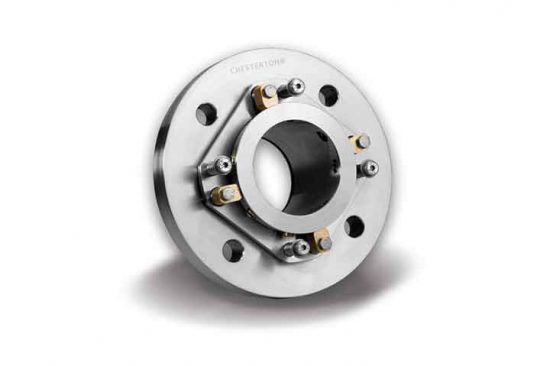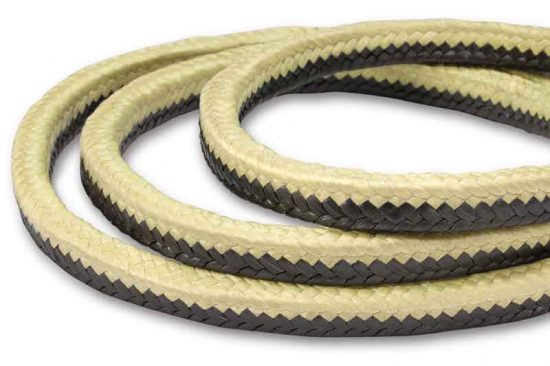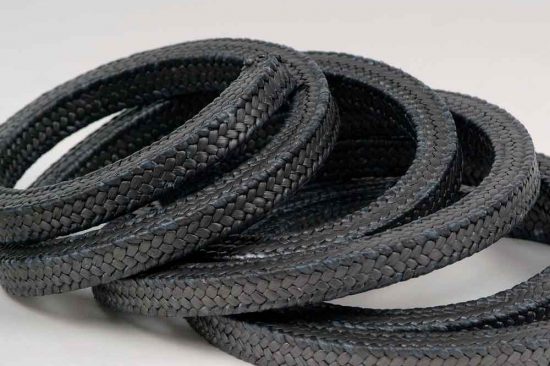Mechanical Seals or Packing : Finding the Right Solution
At FITT Resources, we are specialists in devising sealing solutions that help our customers across Australia to achieve lower operating costs and maximise production.
This means that we do not automatically favour mechanical seals over packing, or vice-versa; rather, we look at the pumping or rotating equipment being used and its application, alongside a customer’s specific needs, and devise an approach to fluid sealing that is appropriate for a particular pump and the circumstances under which it is operating.
In some scenarios, for instance, it may be desirable to replace packing with a mechanical seal; however, this might not always be the most efficient or cost-effective solution. Our experienced sealing engineers look at each case on its merits before deciding how best to proceed when it comes to refurbishing or replacing the seals in pumps, mixers and agitators.
What are your sealing needs?
When making a decision as to whether a mechanical seal or packing is the right sealing solution, the specific application and the environment under which a pump operates need to be carefully considered.
Mechanical seals provide a high degree of reliability
It is generally the case that mechanical seals provide a higher degree of operational reliability than pump packing, and in many scenarios will be more cost effective over the long term. However, this will only be the case if the correct seal design is selected and the installation process is carried out effectively. In addition, for the best ongoing performance, proper support and maintenance programs of both the pump and seal need to be in place.
FITT Resources sealing engineers are able to provide specialist advice and guidance to operators across Australia when it comes to mechanical seal design and application, and can also oversee installation. We also monitor and measure ongoing performance, and troubleshoot when required, to ensure that operators are getting maximum efficiency and cost benefits from pumps fitted or refurbished with mechanical seals.
The cost of lost and leaking product
There is always some leakage of fluids associated with seal packing when installed in rotary equipment (although in some cases this will not be visual). The extent to which this occurs will depend on the application, equipment condition, the fluid being pumped and installation.
While in some cases this leakage may not be a significant issue, leaking fluids can nevertheless present a range of problems and increase operating costs in a variety of ways. For instance, leaking fluids can be a safety hazard and add additional costs in terms of cleaning, in addition to requiring more regular maintenance.
FITT Resources sealing engineers can work with you to determine whether the savings achieved by replacing packing with a mechanical seal and therefore reducing fluid loss makes economic sense in terms of the upfront cost associated with the replacement. We can also make an assessment as to whether the lower maintenance costs required by mechanical seals will assist in increasing operational efficiency and reaching productivity targets.
When Is Seal Packing The Right Option?
Having highlighted the fact that mechanical seals do bring with them a range of advantages, it is nevertheless the case that in many applications, mechanical packing remains the appropriate choice.
Lower upfront costs required for packing
The upfront coats associated with gland packing are lower than with mechanical seals, and if you have the appropriate team in place to undertake maintenance and monitor fluid leakage, it may prove more economical in the long run to take the packing option. Overall operating costs therefore need to be taken into account as to whether it is genuinely cost-effective to replace seal packing with a mechanical seal.
Less downtime required
Installing mechanical packing is generally an easier and quicker process than the installation of a mechanical seal, and so less downtime is required. Likewise, for a mechanical seal to work at optimum efficiency, all of the pump components need to be in good working order, and so there will likely be associated maintenance tasks required; however, seal packing is more flexible and forgiving in this regard, and so it may be this is the right option, given your equipment.
Mechanical packing now has greater durability
In the past, seal packing tended to have a relatively short life span and so required regular adjustment, which also meant time and costs. However, today’s packing technology is significantly more advanced, producing longer operational life and less wear on equipment. The reduced replacement and maintenance costs associated with modern seal packing could mean that it turns out to be the most cost-effective solution for you.
FITT Resources Specialises in Australian Mechanical Seals and Sealing Technology
Our Fluid Sealing division specialises in mechanical seals and sealing technology, and we can advise operators across Australia as to the best sealing solutions for your specific equipment and applications.
We provide a full range of sealing services, from selecting the appropriate mechanical seal design or seal packing, to installation and commissioning, to ongoing maintenance and troubleshooting.
Call the head of our Fluid Sealing division Mathew Howell on 1300 653 229, or get in touch via email, to find out more about our comprehensive range of rotating equipment and pump sealing solutions.




